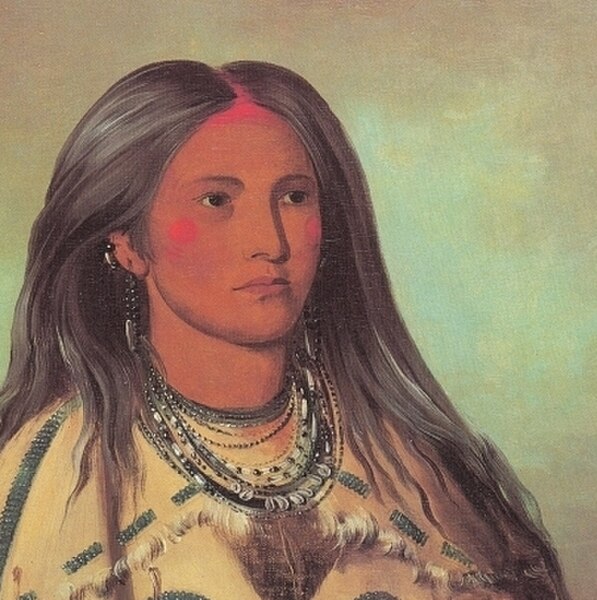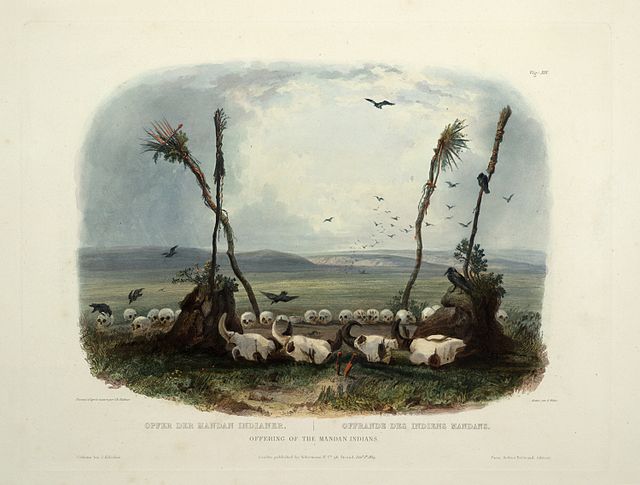Great Plains Indian trading networks
The Great Plains Indian trading networks encountered by the first Europeans on the Great Plains were built on a number of trading centers acting as hubs in an advanced system of exchange over great distances. The primary centers were found at the villages of the Mandan, Hidatsa, and Arikara, with a surplus of agricultural produce that could be exchanged. Secondary centers were found at the villages of the Pawnee, Kansa, and Osage on the central great plains, and at the Caddo villages on the southern plains. The Dakota rendezvous was an important annual trading fair among the Sioux. European demand for fur changed the relations of the plains, increased the occurrence of war, and displaced several Indian nations that were forced away by the Sioux coming from the east. On the northern plains, European trade lay in the hands of the Hudson's Bay Company, although most of the territory belonged to France, and later Spain. European trade on the central plains was controlled by French merchants, first from New Orleans, later from St. Louis. From the mid-1700s', the Comanche became an increasingly important military and commercial factor on the southern plains, forcing the Apaches into the mountains, and exchanging goods and spoils with the Southwestern trading networks hubs in New Mexico.

Mandan village.
Hidatsa village.
North West Company trade gun.
Horseback Bison hunt.
The Mandan are a Native American tribe of the Great Plains who have lived for centuries primarily in what is now North Dakota. They are enrolled in the Three Affiliated Tribes of the Fort Berthold Reservation. About half of the Mandan still reside in the area of the reservation; the rest reside around the United States and in Canada.
Portrait of Sha-kó-ka, a Mandan girl, by George Catlin, 1832
Offering of the Mandan Indians, aquatint by Karl Bodmer
A pair of Mandan men in a print by Karl Bodmer, 19th century. Yellow Feather at left, "son of a celebrated chief". He was killed by a Sioux around a year after Bodmer painted him.
Buffalo Dance: "Bison-Dance of the Mandan Indians in front of their Medecine Lodge in Mih-Tutta-Hankush": aquatint by Karl Bodmer from the book "Maximilian, Prince of Wied's Travels in the Interior of North America, during the years 1832–1834"








